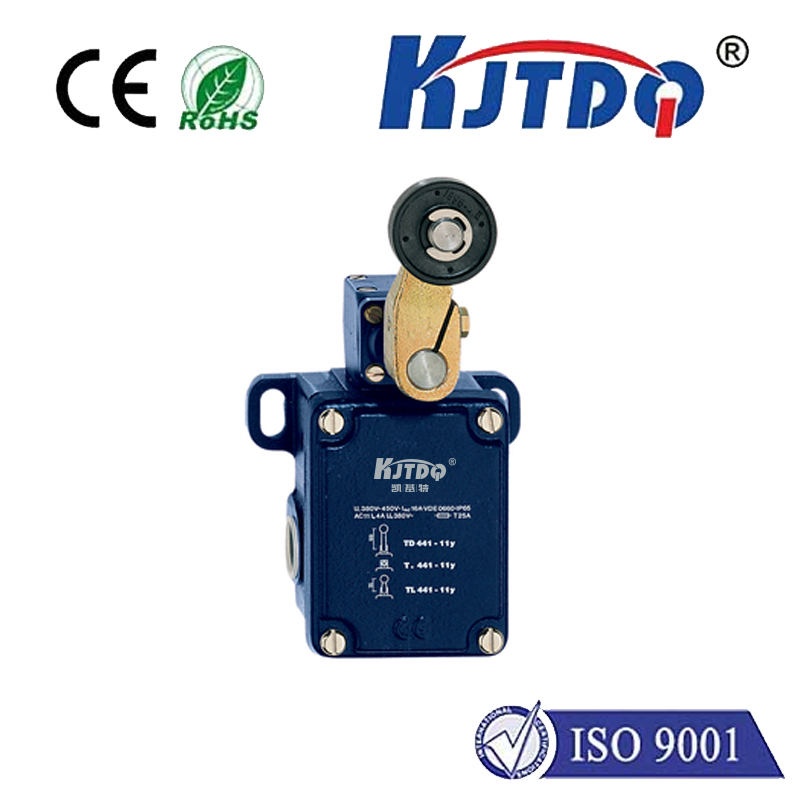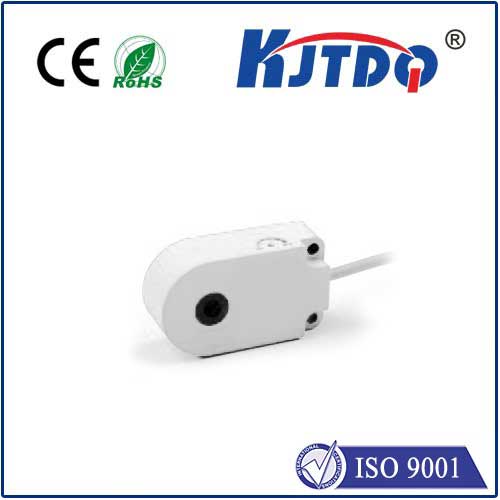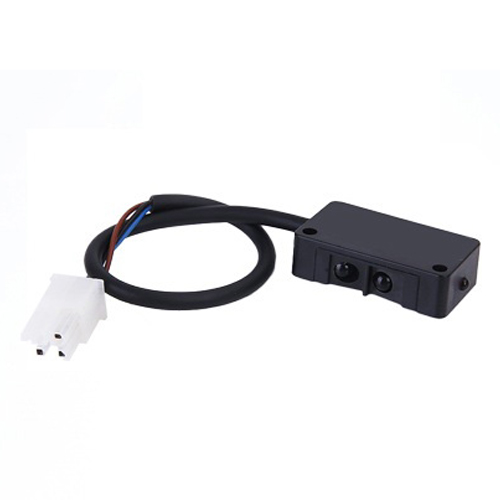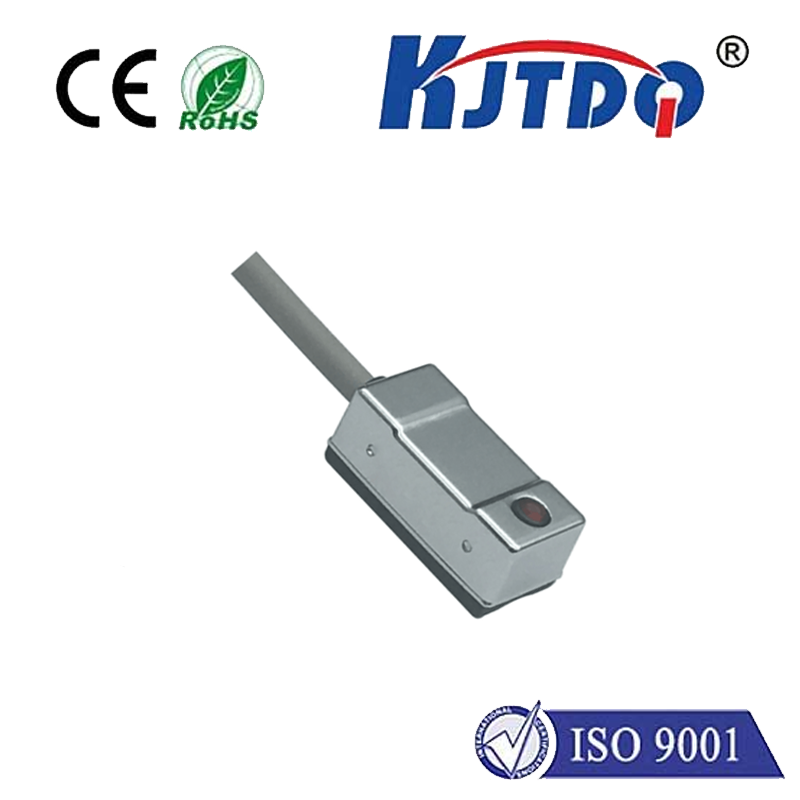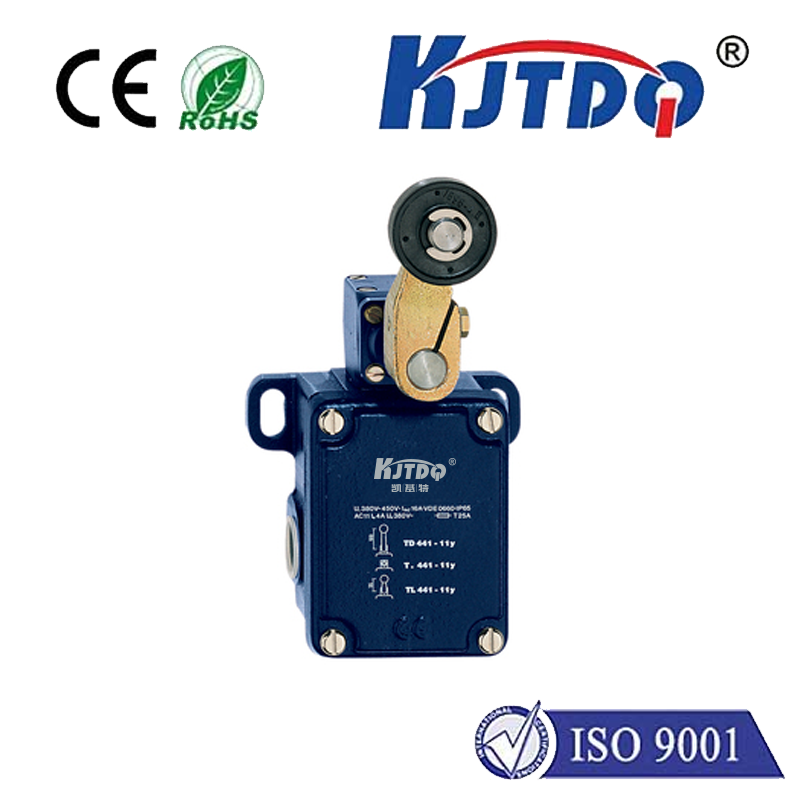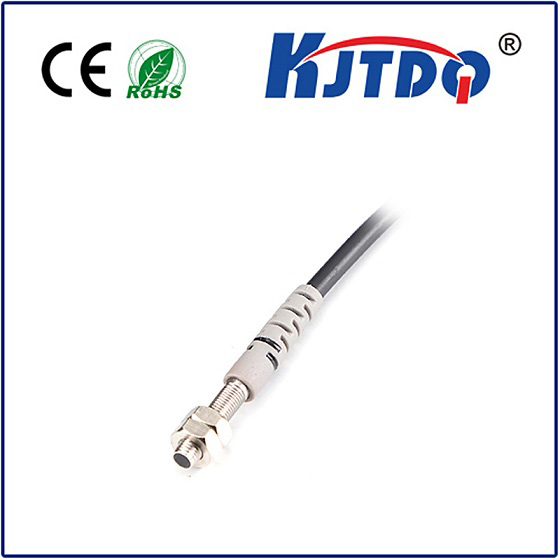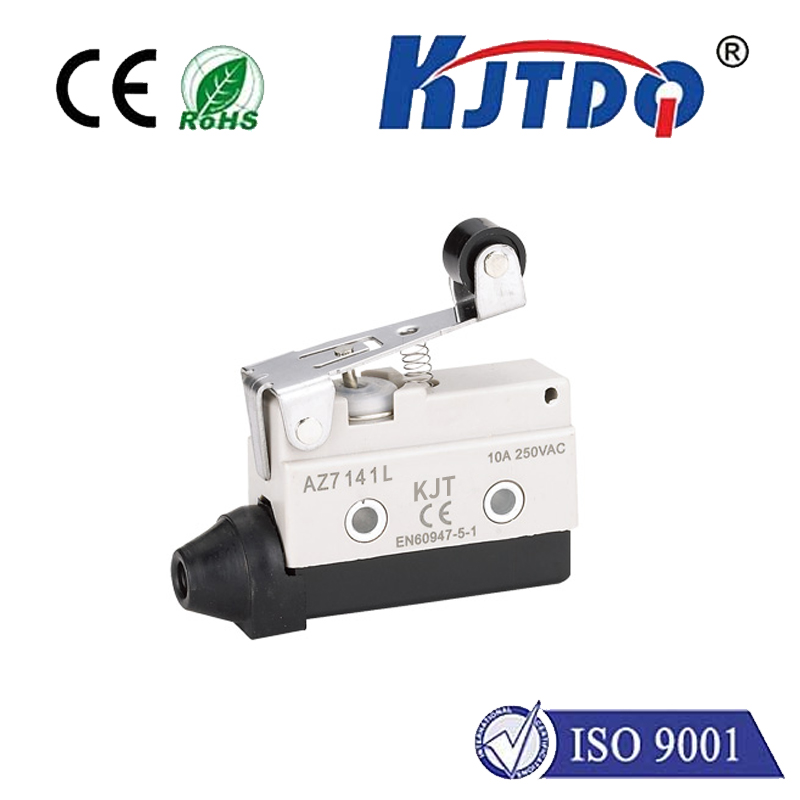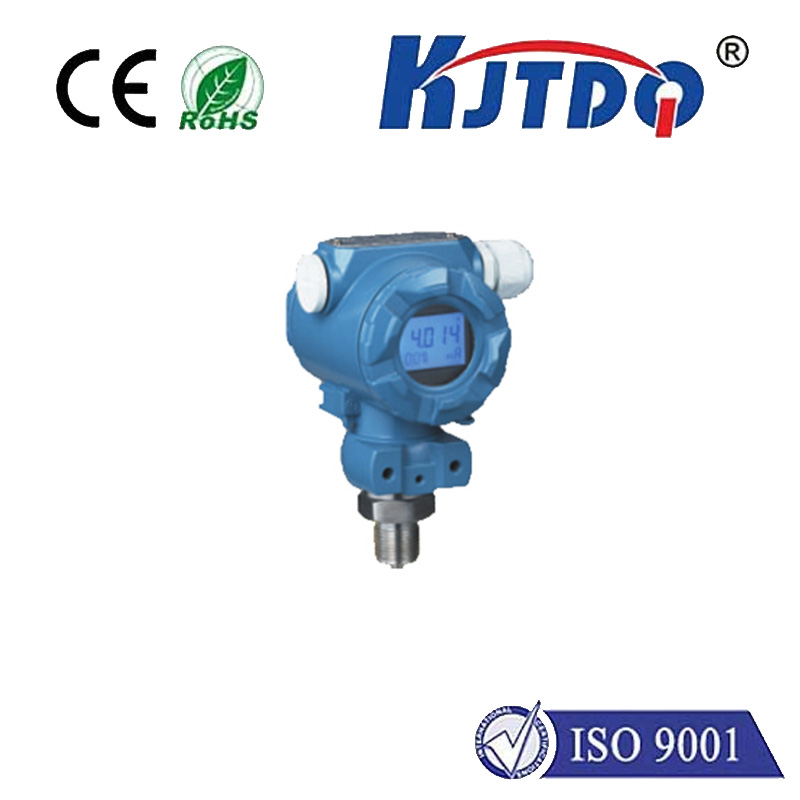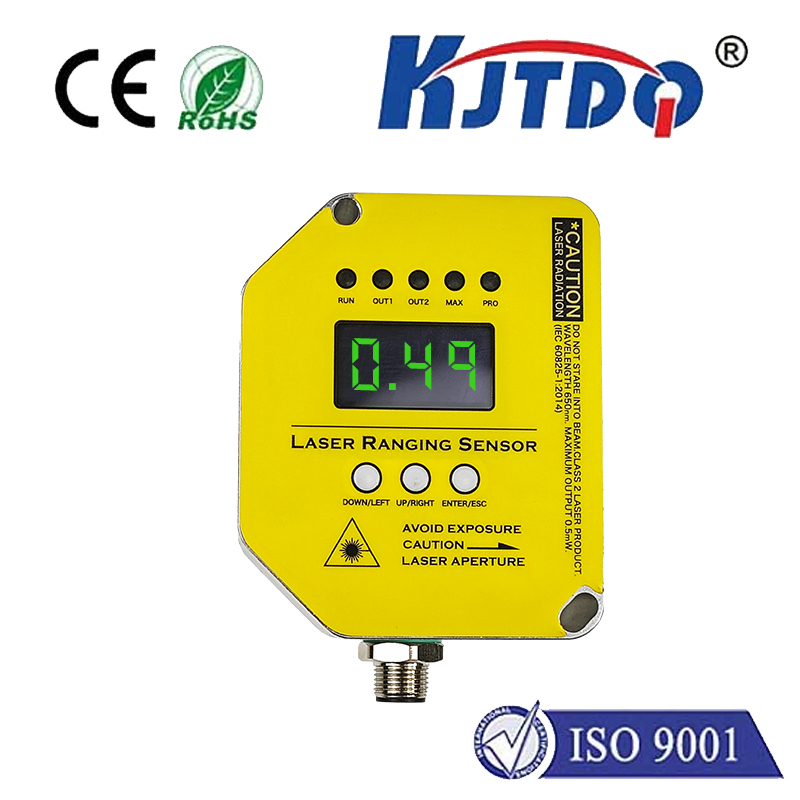proximity sensor for distance measurement
- time:2025-06-24 02:33:24
- Click:0
Beyond Touch: How Proximity Sensors Revolutionize Distance Measurement
Ever wondered how your smartphone screen dims when held to your ear, or how modern cars effortlessly warn you of obstacles while parking? The silent marvel behind these everyday conveniences is the proximity sensor, a cornerstone technology enabling precise, non-contact distance measurement. Moving far beyond simple detection, many proximity sensors provide accurate, real-time data on how far away an object is, transforming industries and enhancing countless applications. This article delves into the fascinating world of proximity sensors specifically engineered for distance measurement, exploring their types, working principles, and pivotal roles across diverse sectors.
Understanding the core principle is essential. At their heart, proximity sensors for distance measurement function by emitting a signal (light, sound, magnetic field) and analyzing the characteristics of the signal after it interacts with a target object. The key metrics used to determine distance include:
- Time-of-Flight (ToF): Measuring the time taken for the emitted signal (like a light pulse or ultrasonic wave) to travel to the target and back. Distance is calculated using the known speed of the signal (e.g., speed of light or sound).
- Triangulation: Calculating distance based on the known baseline distance between an emitter and a receiver, and the angle of the reflected signal.
- Signal Strength: Assessing the attenuation (weakening) of the return signal, which generally correlates with distance (though more susceptible to interference factors).
Different sensor technologies employ variations of these principles, each suited to specific environments and materials:

- Photoelectric Sensors (Optical Proximity Sensors): These dominate applications requiring high precision and moderate ranges. They use light, typically infrared (IR) or laser light.
- Laser Distance Sensors: Emit a focused laser beam. Rely heavily on ToF or triangulation principles. Highly accurate for measuring distances from millimeters up to hundreds of meters. Used in industrial automation, robotics, surveying, and level monitoring. Key advantages: Excellent precision, long range, small spot size. Considerations: Performance can degrade in dusty/foggy environments or with highly reflective surfaces; laser safety classifications matter.
- IR Proximity Sensors: Often use triangulation within a compact housing. Common in consumer devices (smartphone screen dimming), object detection on production lines, and short-range applications. Less precise than laser but cost-effective and compact.
- Ultrasonic Sensors: These emit high-frequency sound waves (inaudible to humans) and calculate distance based on the Time-of-Flight of the echo.
- Strengths: Excellent for detecting a wide variety of materials (solid, liquid, granular, transparent), relatively unaffected by color or reflectivity. Work well in dusty, foggy, or dark environments where optical sensors struggle. Widely used for liquid level sensing, parking assistance (sonar), object detection, and robotics.
- Limitations: Sound travels slower than light, limiting very high-speed measurements. Accuracy can be affected by temperature and air turbulence. Flat, hard surfaces perpendicular to the sensor provide the best reflections.
- Inductive Proximity Sensors: Primarily known for detecting metallic objects at close range without physical contact. While classed as “proximity sensors,” their core function is presence detection, typically within ranges under 50mm. They generally do not provide continuous, calibrated distance measurement. Their output usually switches state (ON/OFF) when a metal object enters their detection field.
- Application: Vital in industrial settings for position sensing, counting metal parts, or confirming machine part presence. Crucially: They are excellent for “is it there?” but not for “how far away is it?” for distance quantification.
Capacitive Proximity Sensors: Detect the presence of any material by sensing changes in capacitance caused by the target entering an electrostatic field. Like inductive sensors, their primary role is presence/non-presence detection, not precise distance measurement over significant ranges. They work well with non-metallic materials (liquids, plastics, wood) but are highly sensitive to environmental factors like humidity.
LiDAR (Light Detection and Ranging): While sometimes categorized separately, LiDAR is fundamentally an advanced optical proximity sensor using pulsed laser light and sophisticated Time-of-Flight analysis. It creates detailed point clouds representing the environment, providing extremely precise distance and 3D mapping data. Applications span autonomous vehicles, robotics, surveying, archaeology, and industrial automation.
The applications leveraging proximity sensors for distance measurement are vast and growing:
- Industrial Automation & Robotics: Precise positioning of robotic arms (pick-and-place, assembly), conveyor belt object counting and spacing, roll diameter measurement, fill level control in tanks, monitoring material stacks.
- Automotive: Adaptive cruise control, automatic emergency braking, blind-spot detection, park assist systems, gesture control for infotainment.
- Consumer Electronics: Smartphone screen dimming, automatic faucets and soap dispensers, gesture recognition in smart TVs/VR systems, robot vacuum navigation.
- Building Automation & Security: People counting for lighting/HVAC control, automatic door operation, intruder detection systems, elevator positioning.
- Agriculture: Yield monitoring, obstacle avoidance for autonomous tractors, guidance systems.
- Drones & UAVs: Altitude hold, obstacle avoidance, terrain following.
Choosing the right proximity sensor for a specific distance measurement task requires careful consideration of several factors:
- Required Range: Short (<10cm), Medium (10cm-1m), Long (>1m)?
- Accuracy & Resolution: How precise does the measurement need to be? Laser ToF sensors typically offer the highest accuracy.
- Target Material: Metal, plastic, glass, liquid, human skin? This heavily influences the choice (e.g., ultrasonic for liquids, capacitive for non-metals).
- Operating Environment: Presence of dust, moisture, fog, varying light conditions, temperature extremes? Ultrasonic and certain photoelectric sensors handle harsh environments well.
- Response Time: How quickly must the sensor detect distance changes? ToF sensors are generally very fast.
- Size & Cost: Constraints on physical footprint and budget.
The evolution of proximity sensing technology continues unabated. Advancements in miniaturization, signal processing (especially with embedded AI), and the falling cost of sophisticated components like LiDAR are making high-precision, reliable distance measurement accessible to an ever-broader range of applications. The core principle remains – determining “how far” without needing to touch – but the capabilities are expanding rapidly. From enabling safer vehicles to smarter factories and more intuitive consumer devices, proximity sensors for distance measurement are integral components silently shaping the efficiency and intelligence of our modern world. When selecting a sensor, prioritizing factors like target material, environmental conditions, required range, and accuracy ensures







